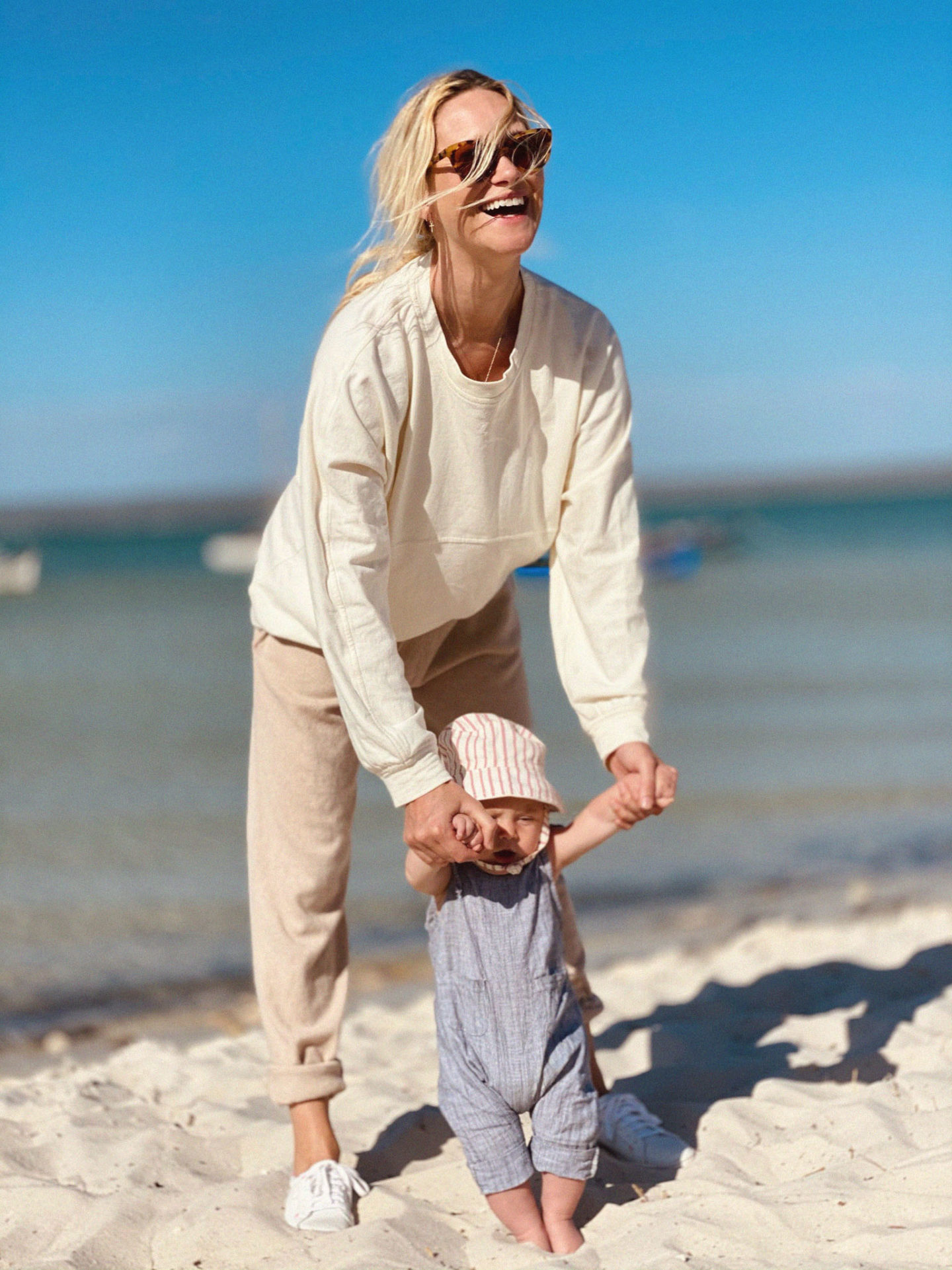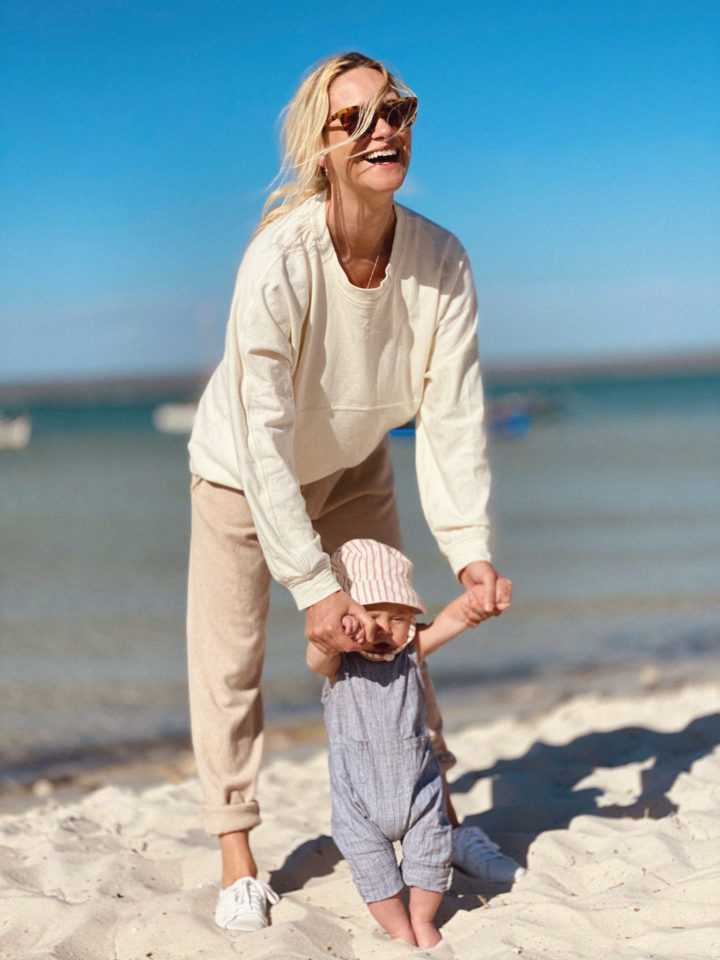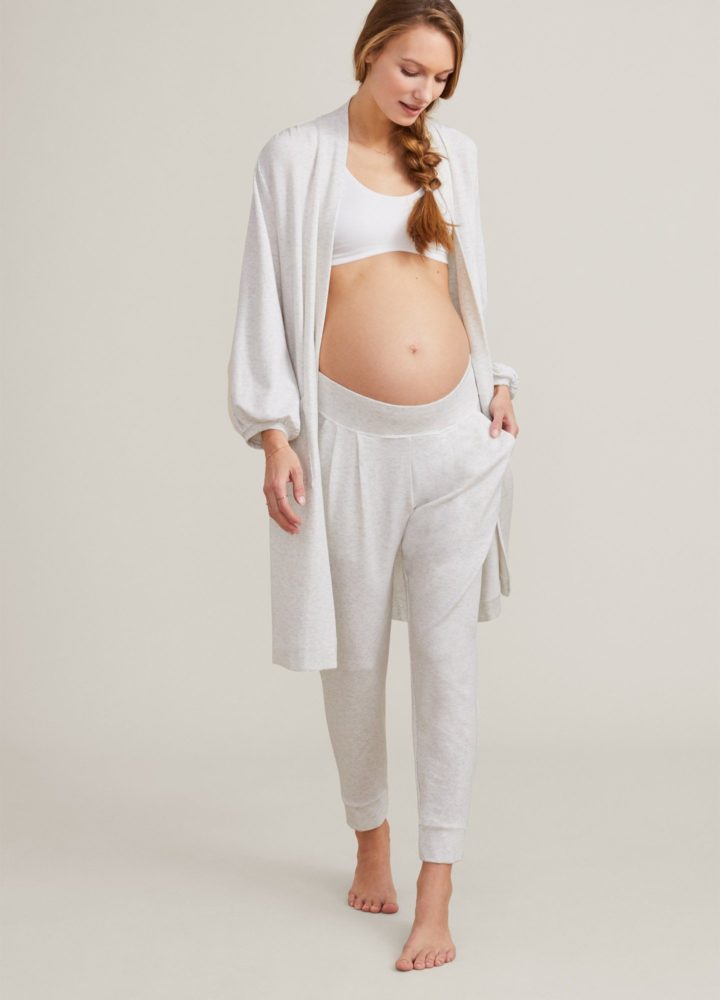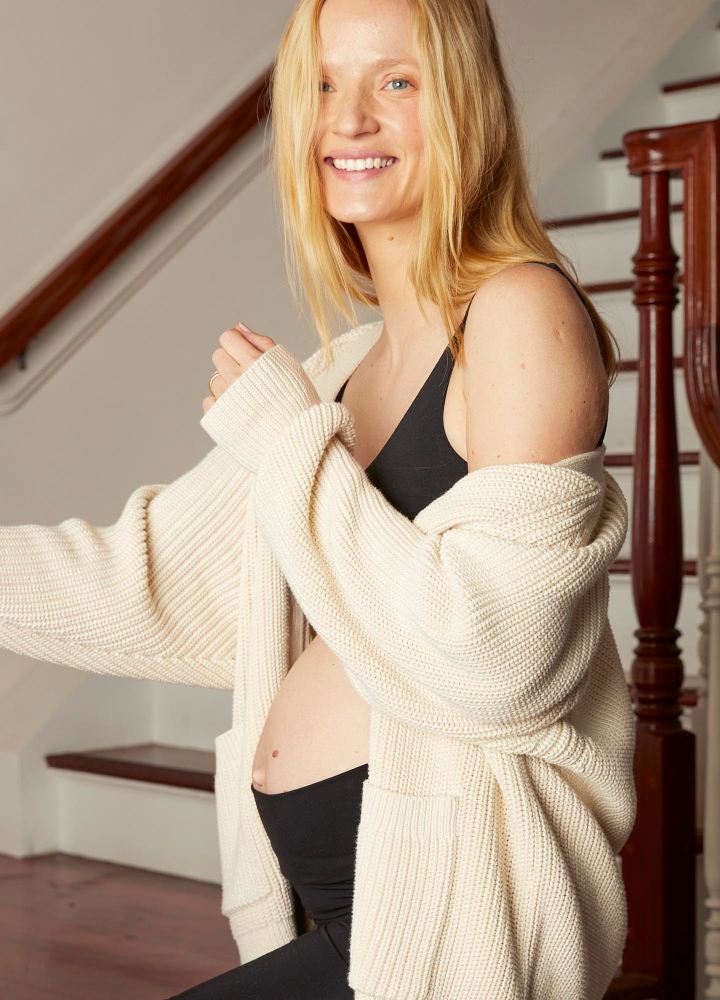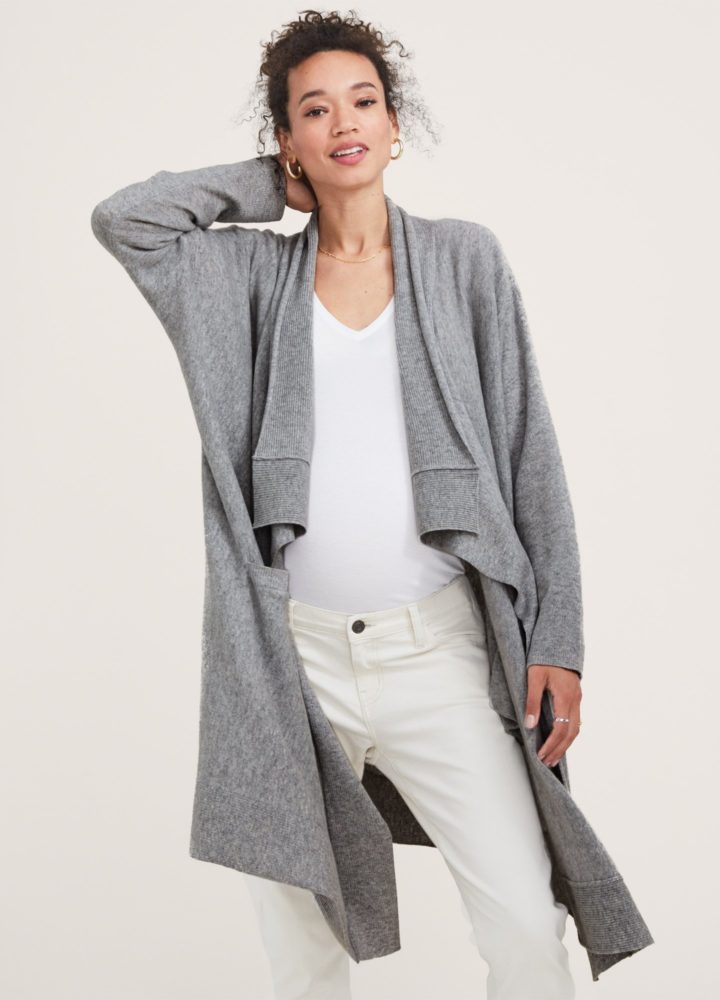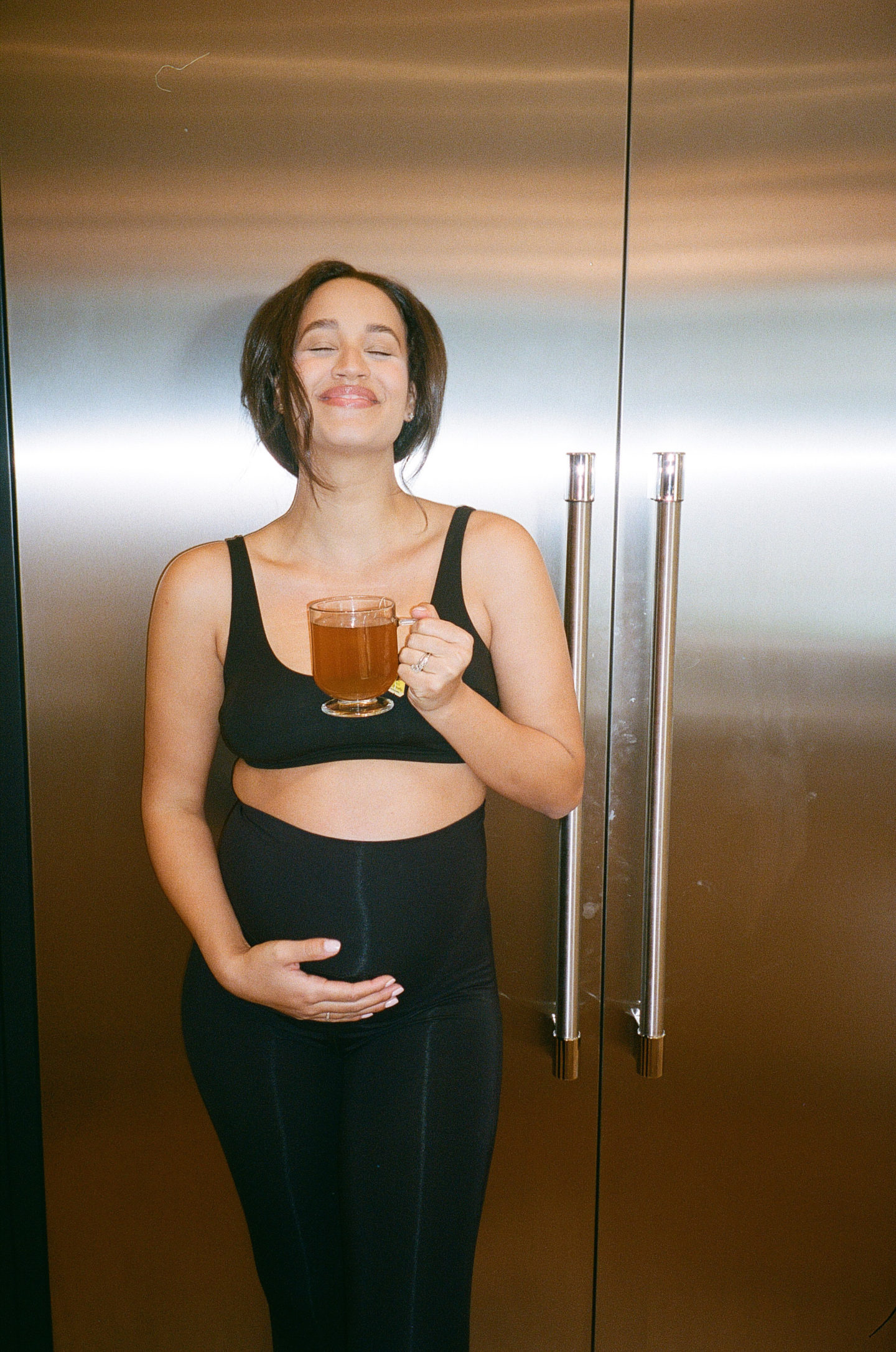Isn’t it a miracle that one day someone thought to themselves, “What if a blanket were a shirt, kind of?” And then bam: The sweater was born. And then someone struck even more genius and added pockets and hoods to some of them. We mean, really, what did we do to deserve sweaters?
Sweaters are pretty much our favorite item of clothing. They’re warm, comforting, and can be really cute, too. But, as motherhood approaches and your baby bump grows, you might have a little bit of a harder time wearing your favorite knitwear.
Not to mention when the baby arrives, it might be a whole other thing! You can’t be expected to take your sweater on and off when it’s time to nurse. But guess what? There’s a maternity nursing sweater for that.
Drum roll, please… We bring you the definitive buyer’s guide to nursing sweaters:
Why Some Women Choose To Nurse
Experts agree that Fed Is Best. Full stop. But the CDC estimates that about 80 percent of moms start out breastfeeding their babies.
During the first week after the baby’s birth, mamas produce what’s called colostrum. This nutrient-dense milk is full of calcium, protein, minerals, and antibodies that support a baby’s health in their early days of life.
Got Milk?
If you do decide to nurse, here are some of the most important benefits of breastfeeding:
- Your baby has the chance to build a stronger immune system because the antibodies in the mama’s body flow into the breast milk. For instance, the compound Immunoglobulin A protects the baby’s immature intestines by coating their lining and keeping germs or allergens from leaking through.
- Breastfeeding can lower the rates of gastrointestinal issues, ear infections, and respiratory illnesses in your baby.
- Breastfeeding can stimulate your uterus to contract and return to its normal size by increasing oxytocin. Oxytocin helps drive this process called involution.
- Breastfeeding has also been found to release stress-reducing hormones, oxytocin, and prolactin, promoting positive feelings and better mental health in mothers.
- Breastfeeding encourages more skin-to-skin contact. It increases the rate at which you hold, cuddle, and bond physically with your baby. Fostering this bond, in turn, promotes the health of your baby.
- There is also a correlation between breastfeeding and a long-term lowered risk of serious illnesses like breast and ovarian cancer in the mother. It may also reduce your chances of heart disease, diabetes, and high blood pressure.
The Quick Facts of Nursing
If you’re already nursing or gearing up to nurse, you might know that it takes a lot of time, preparation, and care to breastfeed your baby. If you’re still early in your pregnancy, you might want to familiarize yourself with the realities of nursing.
Here are the main things to expect when you start breastfeeding your baby:
It’s going to start with a bang. Newborn babies typically need to breastfeed about eight to 12 times a day for around the first month. Because breast milk is digested easily, newborns have a quick turnaround with their hunger. Luckily, frequent feeding sessions stimulate your milk production in that first stretch.
Once your baby hits the one to two-month mark, their need to feed decreases a little bit to about seven to nine times a day. We know as well as you, though: A little goes a long way.
During the first few weeks, you should breastfeed your baby whenever they’re hungry, without a schedule. The baby is acclimating to life outside the womb. Newborns typically nurse every couple of hours. Sometimes you will need to wake up your sleeping baby so that they can snack on schedule.
Nurse time for a newborn is usually about 20 minutes, sometimes longer. As your baby gets older, they’ll be more skilled and could graduate to about five to ten minutes on each side.
An interesting thing to note about breastfeeding is that it may affect your menstrual period. Continuous breastfeeding may pause ovulation and menstruation. This suspension of your menstrual cycle might signal the body’s attempt to ensure space between pregnancies for your own physical and mental wellness.
Keep in mind that using breastfeeding as your sole form of birth control (aka lactational amenorrhea method) tends to have a lower success rate than other forms.
Sweater Weather: Nursing Edition
Listen up, mamas. The forecast calls for feeling your hungry baby. You’re ready for it physically, but are you ready to look and feel good, too? Don’t worry; we’ve certainly got you covered.
Look no further for your definitive guide to nursing sweaters:
The Laid-Back Option
Once you surpass your constant feeding days and have a little more time in between feeds, feel free to add an everyday cardigan to your repertoire. Something simple and long with coverage, like, the Airplane Cardigan, helps bring together loungewear or even pajamas into a cohesive outfit.
It could save you the costume change when you need to leave the house for that quick errand you’ve had to put off all day. Early motherhood is busy, but you can take your style off the table when you’ve got the right staple pieces to hold you together.
Having your basics covered is essential for building and maintaining a wardrobe that you can rely on. That doesn’t change when you have a baby. Things are just a little different now, and as a new mama, it’s time to take stock of your closet.
The Folkstar Chic
Are you on the hunt for a nursing sweater that can go from day to night and elevate your maternity style while keeping you nice and warm? Well, we know exactly what you need.
You might even already have something that’ll work. We’re talking about the classic button-down cardigan.
An oversized knit or cotton cardigan is an instant classic that can give you a little more glitz without the need to do too much or sacrifice comfort. If your old closet favorites aren’t really working with your postpartum belly, we’d recommend our favorite: The Cotton Marlow Cardigan.
This cardigan style makes it so easy to make a split decision to go more formal when you’re about to step out of the house. Who knows, mama? You might just visit that cute little independent bookstore on your way home from buying more diapers. You’re unpredictable!
The Flexible Fit
As you transition into the later months of your baby’s life, you’ll probably have a more reliable feeding schedule. Now, you will finally be able to close some gaps–in your life and in your clothing. Our favorite sweater for the matured nursing days is Hatch’s Nadine Sweater.
This sweater is, more important than anything, ridiculously soft. But even more than that, it’s ridiculously stylish. The combination of the boat neck and tapered fit with drop-shoulders makes for a fluid but structured look that elevates any maternity outfit instantly.
Nurturing your style is one way to care for and connect to yourself while most of your time is spent caring for and supporting your baby. You’re doing great, mama, but you deserve a little love, too!
The Total Home Body
If you weren’t a homebody already, we’re sure having a baby might be pushing you in that direction. Lean into it, mama; there’s reality television and all-day snacking on this side. Oh, and also our favorite “sweater.” Loose term, but we stand by it.
Looking for a resting robe? How about the Nesting Robe?
Let’s be real; the most comfortable thing you can wear on your body while you’re nursing is a luxe-quality robe. It’s cozy, secure, accessible, and the closest thing to a blanket wrapped around your body as you can get.
Whether you opt for cashmere, cotton, or perhaps French terry, you and your baby are in for some sweet and cuddly memories.
Don’t Sweat It, Mama
You’re probably not saying, “It’s five o’clock somewhere” and grabbing a nice glass of red wine anymore. So, try this instead “It’s sweater weather somewhere,” grab your favorite sweater and get oh-so-cozy.
Sources:
